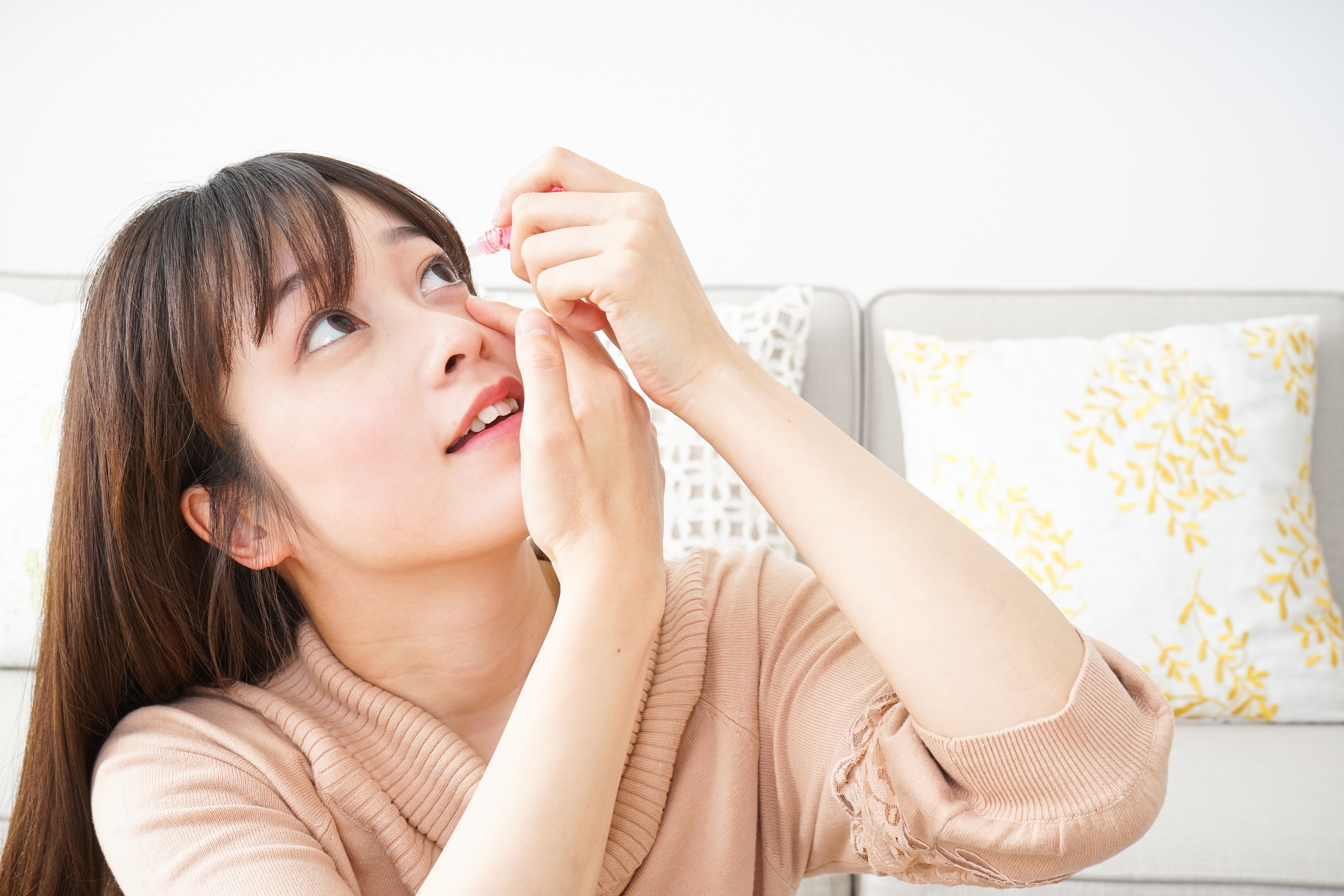
There are 3 main causes of pink eye (also known as conjunctivitis):
-
- Viral conjunctivitis.
Viral conjunctivitis is caused by a viral infection, such as a common cold, and whilst it is highly contagious, it generally resolves itself within a few days without intervention. - Bacterial conjunctivitis
Bacterial conjunctivitis is caused by a bacterial infection and can be quite serious if left untreated. - Allergic/chemical conjunctivitis
Allergic or chemical conjunctivitis is caused by irritants such as dust, pollen, animal dander or exposure to chemical irritants. Learn more about eye allergies.
- Viral conjunctivitis.
What is pink eye?
Pink eye, also known as conjunctivitis, is when the conjunctiva (the membrane lining the inside of the eyelid and front of the eye) becomes inflamed. It is a common eye problem that can affect all ages, and can spread quickly in educational environments like preschools due to its contagious nature. Pink eye got its name from the condition’s most obvious symptom; red, bloodshot eyes. The whites of the eye turn a pinkish colour due to the blood vessels in the conjunctiva dilating as they become inflamed.
Pink eyes signs & symptoms
- Red, swollen eyelids.
- Pink tinge to the white of the eyeball.
- Watery/teary eyes.
- Sensitivity to light.
- Sensation of burning, irritated, itchy eyes.
- Crusting and yellow/green discharge.
Is pink eye contagious?
The contagiousness of pink eye depends on its cause. While bacterial and viral conjunctivitis are commonly highly contagious, conjunctivitis due to allergens and chemical irritants is not contagious. It is not uncommon for contagious pink eye to spread from one eye to the other in the infected individual.
What is the incubation period for pink eye?
In the case of contagious pink eye, the incubation period can be up to 14 days.
Can conjunctivitis be treated?
- Viral conjunctivitis cannot be treated. You can manage symptoms of pink eye with over-the-counter eye drops and a gentle cool compress until the virus has run its course and symptoms start to subside, usually after 4-7 days. Be careful not to use the same compress on both eyes so as not to transfer the infection.
- Bacterial conjunctivitis may require antibiotic eye drops or ointments to clear the infection, and can begin to relieve symptoms as soon as 24-48 hours after commencement of treatment. After this window, the contagiousness of the condition drops significantly as well.
- Allergen and chemical induced conjunctivitis are most easily cured by removal of the irritant from the eye, i.e. the allergen is washed out of the eye. The infection can persist for months if the irritant is not successfully removed.
Seek professional advice
It’s always best to seek the expert advice of your local independent optometrist, who will perform a thorough assessment of your eye health as part of a comprehensive eye examination.
Find your nearest optometrist now


